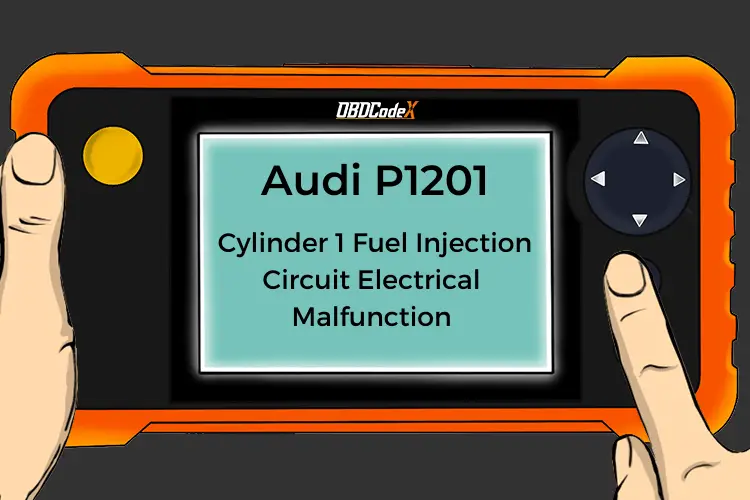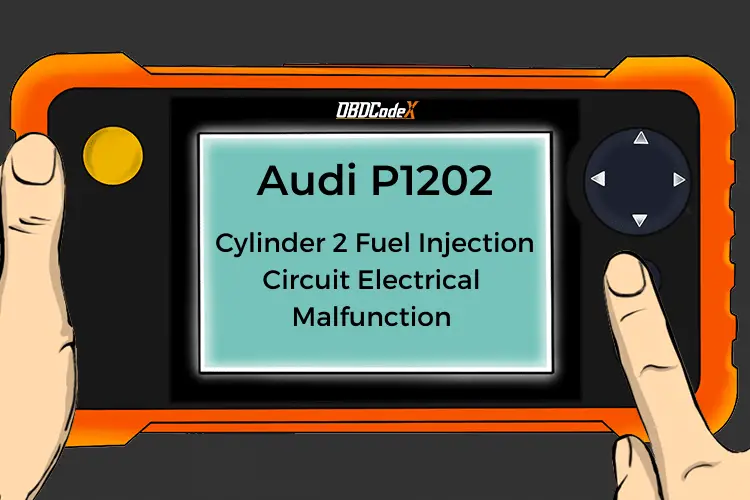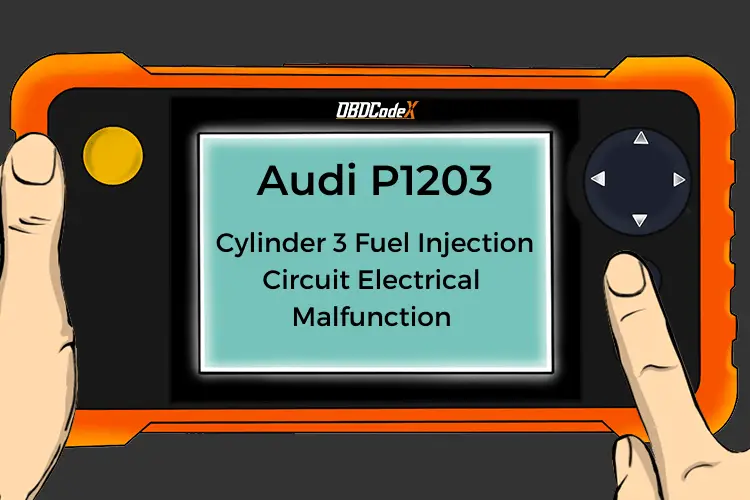P0291: Cylinder #11 Injector Circuit Low
Is your scanner showing P0291?
No worries. We'll show you what it means and how to deal with it.
P0291: Cylinder #11 Injector Circuit Low
OVERVIEWWhat Does The P0291 Code Mean?
This code implies that the powertrain control module (PCM) has experienced a low voltage situation involving the fuel injector for the #11 cylinder in the firing order.
In short, this fuel injector is malfunctioning for one of a variety of reasons. It is important to diagnose and repair this type of problem as soon as possible.
When a fuel injector malfunctions, it causes ripples down the line, meaning the engine’s operating parameters change due to the mixed signals at the PCM.
If the fuel injector spray pattern is reduced, a lean mixture will result. The ripple begins. The oxygen sensor signals a lean mixture to the PCM. In response, it richens the fuel mixture to all cylinders. Fuel economy plummets.
The cylinder with the faulty injector causes a lean mixture that in turn causes a higher cylinder head temperature resulting in detonation. The knock sensor senses the detonation, signals the PCM which responds by retarding the timing. Now the engine is running rough and lacks power.
This is not the end of the ripple effect, but it reflects the general idea.
What Are The Symptoms Of The P0291 Code?
The symptoms displayed for a P0291 code may include:
- The check engine light will illuminate and code P0291 will set
- The engine will run rougher than normal
- A lack of power
- A big drop in fuel economy will result
What Are The Potential Causes Of The P0291 Code?
Possible causes for this DTC include:
- Dirty fuel injector supplying the number eleven cylinder
- Faulty fuel injector
- Plugged fuel injector
- Open or short in the fuel injector harness
- Loose or corroded fuel injector connector
How Can You Fix The P0291 Code?
Generally, this type of problem is either a loose or corroded electrical connector on the injector, a fouled injector (dirty or plugged) or a bad injector needing replacement.
In over 45 years I have found that loose or corroded connectors were the cause of the electrical fault the majority of the time. I have found but a few cases where low voltage wiring became shorted or open (when left undisturbed).
The majority of electrical problems were alternator related, starter solenoid wiring, oxygen sensor wiring due to the close proximity to the exhaust and battery related. The majority of electrical work was correcting customer-installed items such as high-power stereos and other parts or equipment installed incorrectly.
The fuel injectors get their power from the fuel pump relay. The PCM actuates the relay as the key is turned on. This means, as long as the key is on, the injectors have power.
Case #1: Replace Injectors
The PCM activates the injector by supplying the ground at the necessary time and for the proper duration.
- Check the connector on the fuel injector. It is a plastic connector secured to the injector with a wire clip around the connector. Pull on the connector to see if it comes off easily. Remove the wire clip and pull the connector off the injector.
- Inspect the harness connector for corrosion or pushed out pins. Make sure the two blades are not bent in the injector itself. Correct any defect and apply dielectric grease and install the electrical connector.
- Start the engine and listen to the injector to ensure it is working. Use a long screwdriver to the injector and the handle to your ear and you can hear it clearly. If it isn’t making a highly audible ‘clicking’ noise, it either has no electrical power to it or it has failed.
- If it was not clicking, pull the connector off the injector and check for power with a voltmeter. No power means the wiring to the fuel pump relay is at fault or has a loose connection. If it has power, probe both terminals on the harness connector and if the PCM injector driver is operating, the voltmeter will indicate rapid pulses. If pulses are seen, replace the injector.
- If the injector was operating, then it is either plugged or dirty. Attempt to clean it first. The kit to flush the injectors is inexpensive and will benefit the remaining injectors, possibly preventing a recurrence. If the flushing fails to solve the problem, the injector needs to be replaced.
Case #2: Flush The Injectors
Purchase online or from an auto parts store a “direct” injector flushing kit. It will consist of a bottle of high-pressure injector cleaner and a hose with an end for the injector cleaner bottle to thread onto.
- Pull the fuse to the fuel pump.
- Start the vehicle and let it run until it dies from lack of fuel.
- Remove and plug the fuel return line attached to the fuel pressure regulator. This is to prevent the cleaner from returning to the fuel tank.
- Remove the schrader valve in the fuel rail test port. Install the flush kit fuel line to this test port. Thread the high-pressure fuel injection cleaner bottle on the flush kit fuel line.
- Start the engine and allow it to run until it runs out of fuel. It will be running on the cleaner bottle alone.
- When the engine quits, turn the key off and remove the flush kit line and replace the schrader valve. Install the fuel pump fuse.
Recommended Parts
Below are some recommended auto parts to help you address the trouble code affecting your vehicle and get it running smoothly again:
Note: During the purchasing process, please check carefully whether the part you want to buy fits your car!
Reference Sources
P0291: Cylinder 11 Injector Circuit Low, OBD-Codes.








